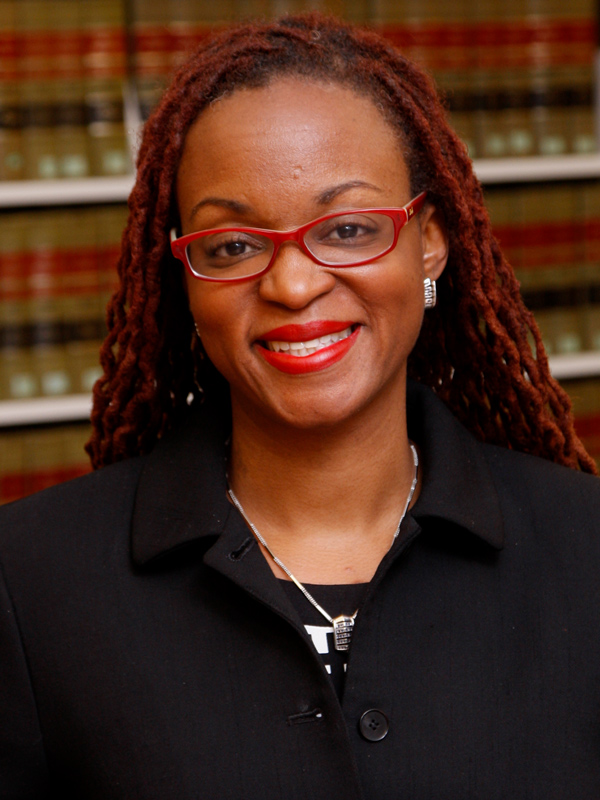
Professor of Law
Associate Director of Property, Equity and Justice, Damon J. Keith Center for Civil Rights
- From #LivingWhileBlack: Blackness as Nuisance
American University Law Review (2020) (with Taja-Nia Y. Henderson)
In these incidents, even the common law of trespass is racially coded, typically in terms of “belonging.” Whether in private, public or “third places,” antagonists in these incidents have sought to leverage local law enforcement to police Black belonging in ways strikingly similar to earlier efforts to criminalize civil rights activists as “vagrants.” As Risa Goluboff has argued, “Vagrancy laws are gone, but treating African Americans like vagrants continues.”

Associate Professor
Edward M. Wise Research Scholar
- From Confrontation in the Age of Plea Bargaining
Columbia Law Review (2021)
The court’s trial-centric gloss on what it means to be a “witness against” an accused is at odds with the reality of the American criminal legal system — a “post-trial world” where the critical adjudicator is usually a prosecutor, not a judge or jury. If only “trial witnesses” count as “witnesses,” then in a world without trials there can be few “witnesses” and very little confrontation. The court’s restrictive gloss on “witnesses” is also inconsistent with the Sixth Amendment’s text, which attaches the confrontation right to those facing “criminal prosecution,” not just those in trial …
So then who are the “witnesses against” defendants in a system of pleas? They are the people whose “testimony” is used in the only adjudication that routinely matters — the plea bargain. The Confrontation Clause, I argue, commands that the government confront the defendant with those people, and the natural procedural mechanism for such confrontation is a deposition. I therefore propose that in the age of plea bargaining, the Confrontation Clause entitles criminal defendants to take the deposition of any accusatory “witness” whom prosecutors rely on in plea bargaining. Depositions are not a routine part of criminal practice today in the federal system or in most states. But a few states already allow criminal defendants to take them, and nothing about the logic of criminal litigation is inconsistent with depositions.
The objective for “Sixth Amendment depositions” would be to incorporate adversarial testing into plea bargaining outcomes. If the government’s witnesses performed well under cross-examination, the prosecutor’s negotiating leverage would increase, and with it the price of a plea. If the witnesses did poorly, that would strengthen the defendant’s hand. But whether depositions led to a higher or a lower plea price in any particular case, adversarial testing of the government’s evidence would have contributed to a fairer and more reliable adjudication. That is the Confrontation Clause’s purpose. By modernizing the confrontation right, by bringing it into the 21st century (or just the 20th), the court could restore some of the adversarial process that plea bargaining has upended.
